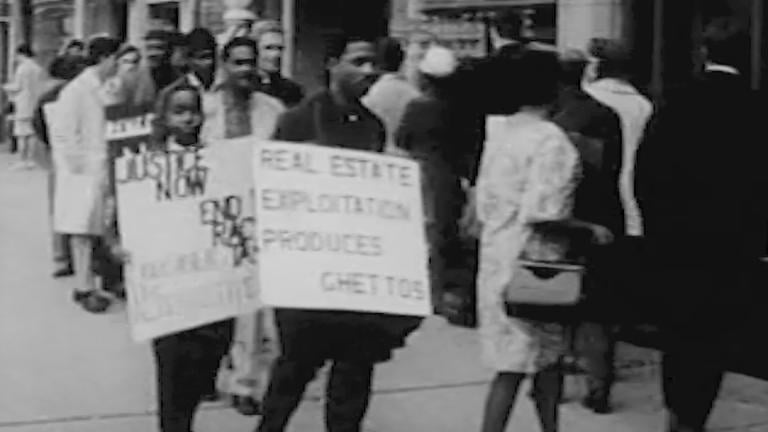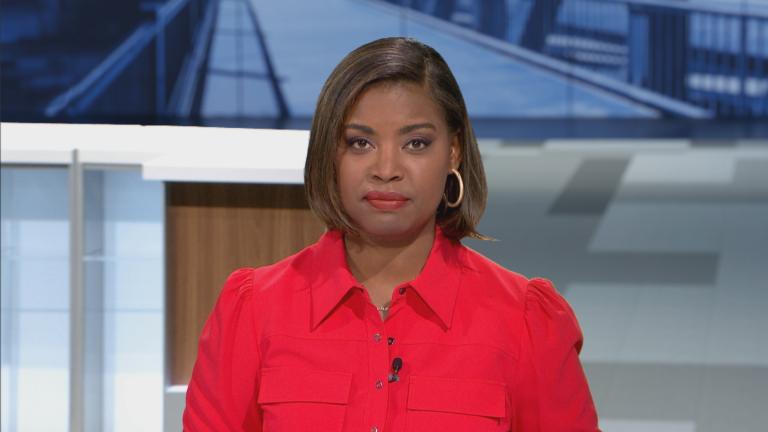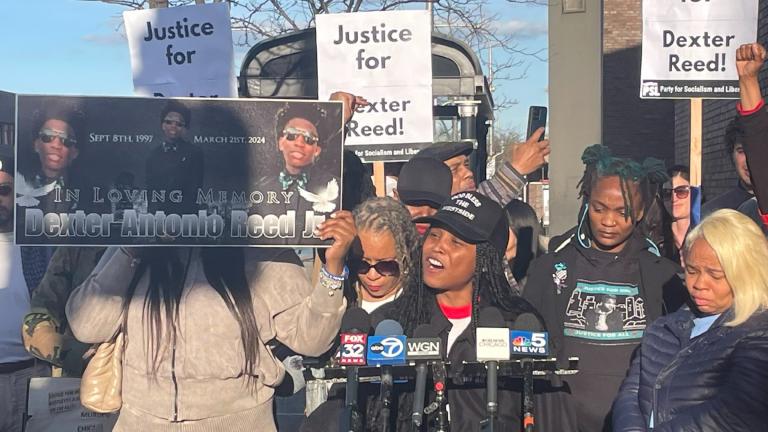Some Chicago communities are monitored by an acoustic-based gunshot detection system that pinpoints the location of gunfire.
This technology — used by the Chicago Police Department — is known as ShotSpotter. It alerts law enforcement to potential gunfire and claims to reduce gun violence in communities.
According to ShotSpotter CEO Ralph Clark, the technology is able to tell the difference between gunfire and fireworks.
“We do that through combining software with a network of sensors that have the ability to understand a loud popper boom noise,” Clark said. “After we’ve identified the specific location of that particular event, we go through some steps to filter out those incidents that aren’t gunshots, leaving the ones that are gunshots to be published typically within 30-45 seconds of the trigger pull. What makes the technology so compelling is that we know from our work, and what’s been independently studied and analyzed by folks, is that 80-90% of outdoor criminal gunfire goes unreported effectively. Traditional 911 is broken for those communities that are suffering from ongoing persistent gun violence.”
The system also involves a trained acoustic gun expert listening in real time. The company claims it has about a 97% accuracy rate.
“The technology does a really good job of identifying the location of loud pops, booms and bangs,” Clark said. “It then goes through an extra step of filtering out those pops, booms and bangs that it has 100% confidence is not gunfire. We then leave everything else to go into our incident review center, where we have trained acoustic experts that listen to and look at these events in real time. It’s important to note that these individuals have tools specifically to be able to replay the recorded incident and be able to look at sensor participation, the graphic of the waveform of the sensors listening to multiple sensors outdoors. They’re effectively a virtual witness to an incident of gunfire. … They have the ability to listen to multiple sensors’ worth. That review process can take anywhere from 30 to 45 seconds, and what that leaves is vetted alerts that then get published to a subscribing agency.”
Critics, meanwhile, argue the technology does little to curb crime, costs too much and leads to excessive police responses in Black and Latino communities.
In 2021, Chicago’s Office of Inspector General found that fewer than one in 10 ShotSpotter alerts between 2020 and 2021 resulted in evidence of a gun-related criminal offense being found.
Clark said the report doesn’t address the technical efficacy of ShotSpotter — it’s posing a question around operational value.
“Although 10% might sound small, you have to look at the nominal number of what’s in that 10%,” Clark said. “We know from looking at the same data that the OIG Report produced, ShotSpotter led to 1,100 gunshot-wound victims coded by the data that OIG looked at. Eight hundred of those 1,100 gunshot-wound victims did not have a corresponding 911 call. It means that ShotSpotter was the means by which first responders got to those folks that were potentially bleeding out and potentially saving a percent of those lives.”
Some community members criticize the use of ShotSpotter technology, claiming it’s ineffective, as reported by the OIG, and contributes to overpolicing in Black and Brown communities.
“I haven’t seen any evidence of that,” Clark responded. “I’ve heard people say that, but I haven’t seen evidence of that taking place. What I see a lot more evidence of is ShotSpotter getting police to gunshot-wound victims.”








